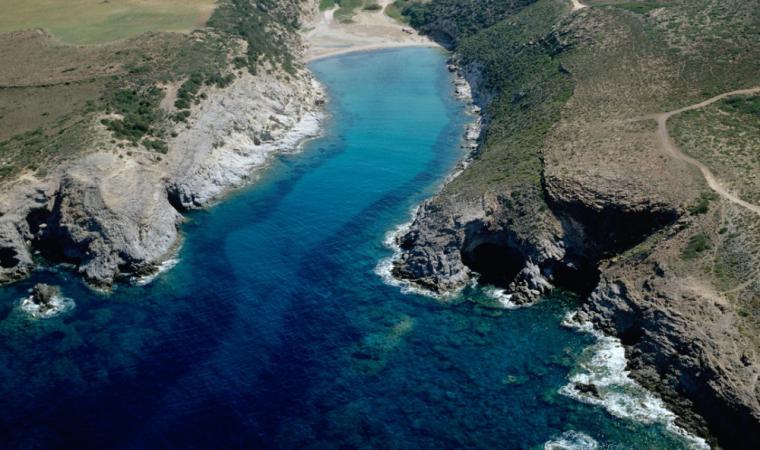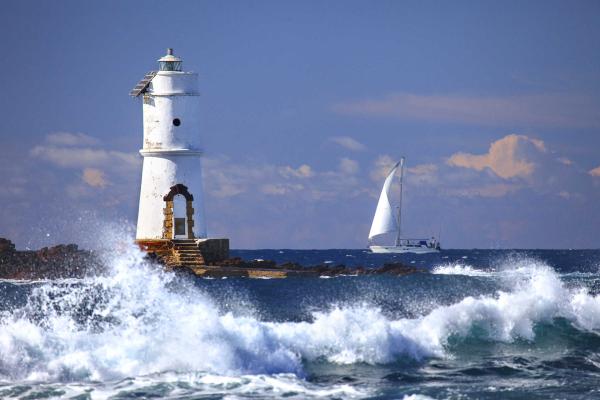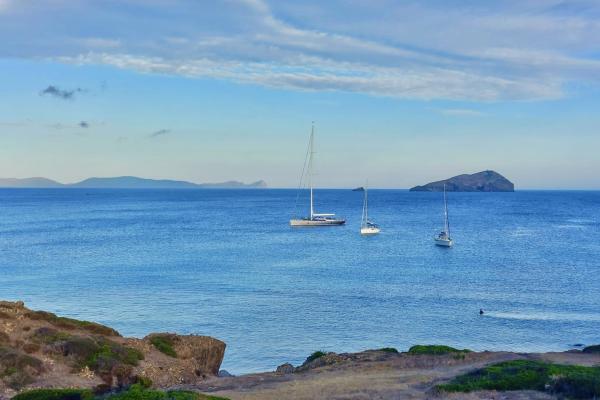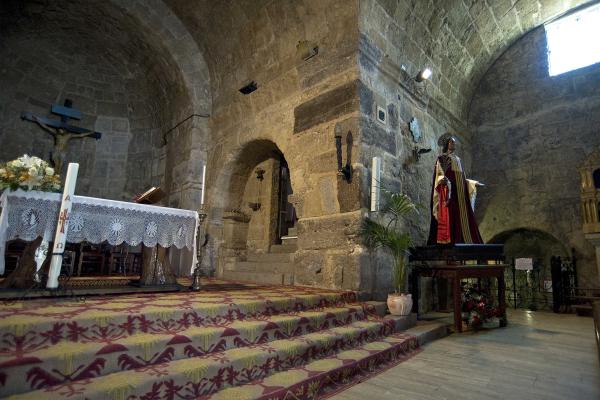Its name derives from its long inlet, a fjord with emerald-green water that leads from open sea to a strip of sand that is rarely crowded and is sheltered from the wind and from marine currents. Cala Lunga is on the western coast of the Sant’Antioco island, in the Calasetta territory: other bays have very elongated profiles, but none other has, at its end, a beach that runs into the hinterland for many metres with ochre sand made of thick grains mixed with shells and coral fragments, surrounded by rocks covered by juniper trees, mastics, rosemary bushes and prickly pears. The rocky bottom deepens progressively, making it perfect for snorkelling, scuba diving and underwater fishing. The beach boasts plenty of parking space, a restaurant and an agency for beach equipment rental.

Beach
A stupendous, one-of-a-kind cove, at the end of a long fjord with emerald-green water you will find a hidden beach: its coral and shell sand and placid of waves make this beach a relaxing shelter
A stupendous, one-of-a-kind cove, at the end of a long fjord with emerald-green water you will find a hidden beach: its coral and shell sand and placid of waves make this beach a relaxing shelter
See this place because...
White sand, crystalline sea with turquoise, azure and emerald green hues, coves and bays among the limestone rocks, calm and tranquillity: one of Sant’Antioco’s most beautiful beaches
Pictures and videos
Nearby
Ti piace questo luogo? Sant'Antioco potrebbe essere la tua meta ideale.
You may also like
More attractions in the vicinity
Nearby hotels and accommodations

Holiday homes and apartments
SANT'ANTIOCO
1 km

Holiday homes and apartments
SANT'ANTIOCO
1 km

SANT'ANTIOCO
2 km















